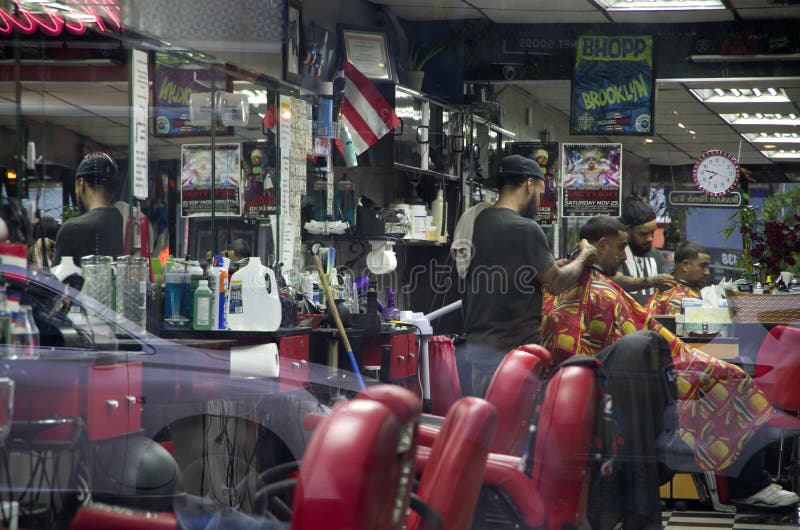The Timeless Transformation of Barbering Instruments and Techniques Across the Centuries
Wiki Article
Barbering has a rich heritage that extends thousands of centuries, evolving from basic tools and methods to the advanced practices used today. The initial hairdressers were often priests or medics who performed trims and shaves as part of their spiritual or healthcare responsibilities. In historical Egypt, groomers used honed stones and metal tools to style the hair and facial hair, which were important emblems of prestige and cleanliness. The instruments of the profession were not just functional; they also held societal significance, showing the values and convictions of the society at the period.
As civilizations progressed, so did the tools and methods used in barbering. In historical Rome, barbershops became fashionable social centers where men congregated not only for styling but also for conversation and leisure. Barbers used more sophisticated tools, such as metal blades and combs, which enabled for more accurate cuts. The advent of the straight blade marked a significant advancement in barbering, providing a tighter cut and a more polished appearance. This period also saw the rise of the barber pole, a emblem of the trade, which symbolized the blood and dressings associated with barber-surgeons who conducted small surgical operations.
During the medieval period, barbering took on new dimensions as groomers began to focus in different offerings. They not only trimmed locks but also offered shaves, oral services, and even phlebotomy. The instruments used during this time included the infamous groomer's basin and the straight razor, which remained popular for centuries. The skill of these tools improved, with artisans creating high-quality cutters that were both long-lasting and efficient. This era emphasized the significance of cleanliness and personal grooming, as barbers played a crucial role in upkeeping the health and appearance of their customers.
The industrial era brought about major transformations in barbering instruments and methods. With progress in manufacturing, barbers could access a broader range of tools, including guarded blades and powered clippers. These advancements made trims and shavings more effective and accessible to the general public. The rise of barbershops as local meeting places continued, with barbers becoming trusted individuals in their communities. The introduction of new styles Discover More and fashions, shaped by mainstream culture, further transformed the grooming industry, allowing barbers to showcase their artistry and expertise.
Today, barbering is a mix of classic methods and contemporary innovations. While many barbers still use flat blades and scissors, electric trimmers have become crucial tools in the industry. The emphasis on personal grooming has expanded to include a range of offerings, such as beard grooming, color coloring, and skincare. Grooming salons have transformed into stylish establishments that serve to a varied clientele, providing a inviting atmosphere for all. The timeless transformation of grooming instruments and techniques mirrors not only the progress in technology but also the lasting significance of grooming in human tradition.
